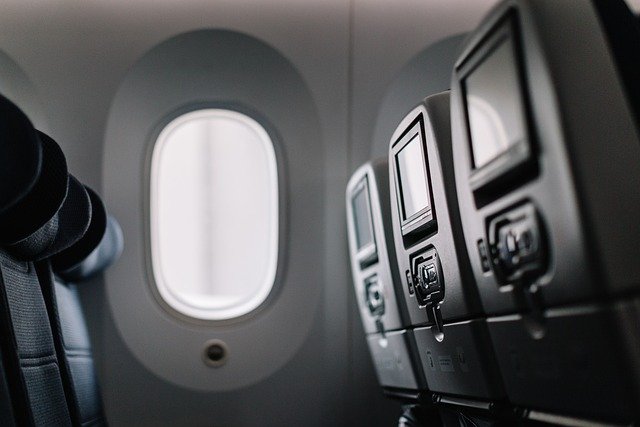Planning multi-city coach routes for international travelers
Designing multi-city coach routes for international travelers requires clear routing, sensible scheduling, and attention to passenger experience across borders. Effective planning balances sightseeing opportunities, comfort and accessibility, regulatory compliance, and operational logistics to create itineraries that run reliably and sustainably over long distances.

Planning coach routes and passenger flow
Creating coach routes for international travelers begins with mapping logical corridors between major cities and tourist nodes while accounting for cross-border checkpoints and customs where applicable. Consider passenger flow at each stop: arrival and departure windows, platform space, luggage handling, and nearby local services. Routes should minimize backtracking and allow contingency time for delays. Combining high-demand corridors with secondary scenic legs can balance efficiency and sightseeing value. Use ridership data and reservation trends to size vehicles and plan frequencies so passenger loads remain within comfort and regulatory limits.
Designing an effective itinerary for sightseeing
An itinerary for international coach travel should define clear daily segments: morning departures, midday sightseeing and meal breaks, and evening accommodations. Prioritize places where group arrivals are manageable and where local services can support short guided visits. Allow flexibility for different passenger interests by offering optional short stops rather than rigid schedules. Include buffer time in each day to absorb traffic, border delays, or extended visits. Coordinate with local guides and attraction managers to streamline queuing and ensure that the sightseeing experience aligns with traveler expectations without compromising overall route timing.
Scheduling, reservations, and logistics
Scheduling is the backbone of multi-city operations: timetables must reflect realistic driving times, rest breaks, and reservation windows for hotels and attractions. Integrate reservations for accommodations and priority entry tickets to reduce on-site friction. Logistics include coordinating luggage transfers, meal arrangements, and meeting points in different cities. Use reservation systems that synchronize with passenger manifests and allow seat selection to improve boarding speed. Maintain a clear communications plan so passengers receive itinerary updates and reservation confirmations in their preferred language and time zone.
Safety, regulations, and driver management
Safety and adherence to regulations are crucial when crossing borders. Verify driver qualifications, required permits, and working-hour limits for each country along the route. Ensure vehicles meet inspection standards and that insurance policies cover international operation. Train drivers on emergency procedures, passenger assistance, and culturally appropriate conduct. Regular briefings before departure help drivers handle border inspections and local traffic rules. Keep up to date with regulatory changes that affect vehicle size, emissions, or cross-border transit requirements to avoid service interruptions.
Comfort, accessibility, and on-board maintenance
Passenger comfort boosts satisfaction on longer routes. Equip coaches with ergonomic seating, climate control, reliable restrooms when feasible, and clear storage for luggage and personal items. Accessibility is equally important: provide wheelchair spaces, ramps, or lifts, and ensure boarding locations are accessible for passengers with reduced mobility. Routine on-board maintenance and pre-trip vehicle checks reduce breakdown risk; carry a basic toolkit and spare parts for common issues. Establish procedures for rapid replacement or repair so delays have minimal impact on the itinerary and passenger comfort.
Sustainability and long-term operational considerations
Sustainability is increasingly central to multi-city coach planning. Choose fuel-efficient vehicles or low-emission alternatives where possible, and optimize routes to reduce empty running. Encourage waste reduction on board and coordinate with eco-conscious accommodations and attractions. Longer-term considerations include driver training for eco-driving techniques, scheduled maintenance to extend vehicle life, and partnerships with local operators to share resources. Track operational metrics—fuel consumption, on-time performance, and passenger feedback—to inform continuous improvements and align services with evolving sustainability goals.
Conclusion
Planning multi-city coach routes for international travelers requires a coordinated approach that blends route efficiency, well-paced itineraries, regulatory compliance, and a focus on passenger wellbeing. By aligning scheduling, logistics, safety, accessibility, and sustainability measures, operators can create reliable services that meet diverse traveler needs while managing the complexities of cross-border movement and long-distance operations.





